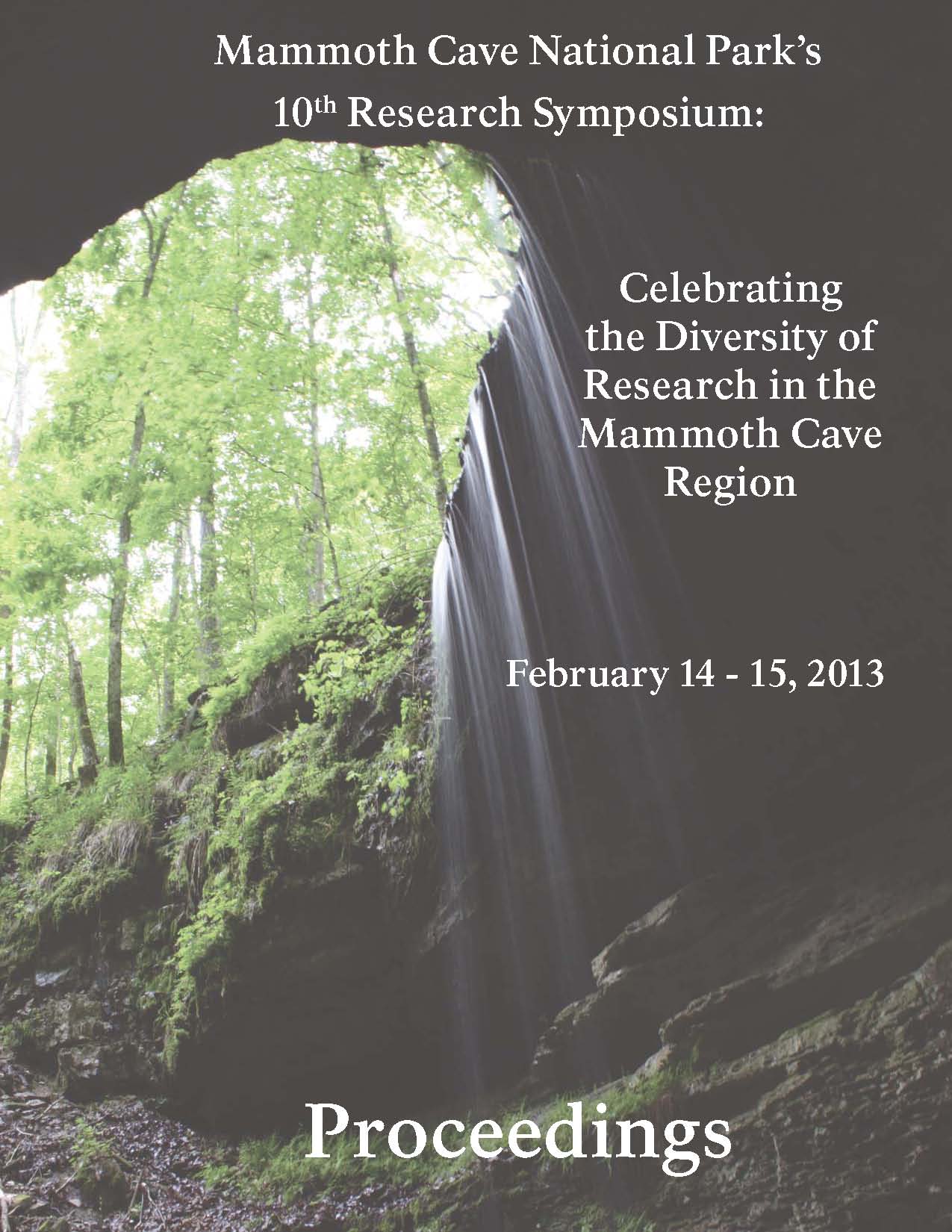Start Date
15-2-2013 2:50 PM
Description
Geophysical logs are used to measure various physical properties of the underlying rock formations or the fluids contained in the rocks. Probes that measure different properties are lowered into a well or borehole and the measured data are displayed by depth. The properties displayed in the geophysical log can then be correlated to known geologic formations, changes in rock type, or changes in rock or fl uid properties. The two types of logs run at Mammoth Cave were natural gamma and caliper. Gamma logs record the amount of natural gamma radiation emitted by the rocks surrounding the borehole. Clay and shale-bearing rocks commonly emit relatively higher natural gamma radiation. Caliper logs record borehole diameter. Changes in borehole diameter are related to well construction, such as casing or drilling-bit size, and to fractures or openings encountered along the borehole wall.
Recommended Citation
Bradley, Michael W., "Geophysical Logging of a Park Well, Mammoth Cave National Park, Kentucky" (2013). Mammoth Cave Research Symposia. 33.
https://digitalcommons.wku.edu/mc_reserch_symp/10th_Research_Symposium_2013/Research_Posters/33
Included in
Animal Sciences Commons, Forest Sciences Commons, Geology Commons, Hydrology Commons, Other Earth Sciences Commons, Plant Sciences Commons
Geophysical Logging of a Park Well, Mammoth Cave National Park, Kentucky
Geophysical logs are used to measure various physical properties of the underlying rock formations or the fluids contained in the rocks. Probes that measure different properties are lowered into a well or borehole and the measured data are displayed by depth. The properties displayed in the geophysical log can then be correlated to known geologic formations, changes in rock type, or changes in rock or fl uid properties. The two types of logs run at Mammoth Cave were natural gamma and caliper. Gamma logs record the amount of natural gamma radiation emitted by the rocks surrounding the borehole. Clay and shale-bearing rocks commonly emit relatively higher natural gamma radiation. Caliper logs record borehole diameter. Changes in borehole diameter are related to well construction, such as casing or drilling-bit size, and to fractures or openings encountered along the borehole wall.

